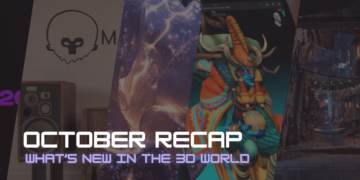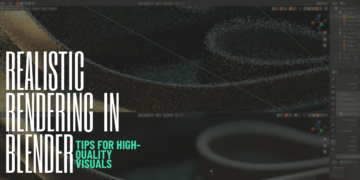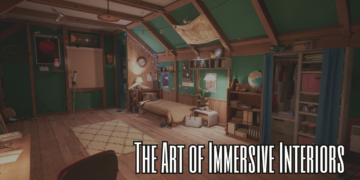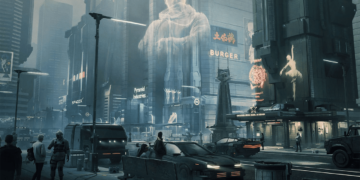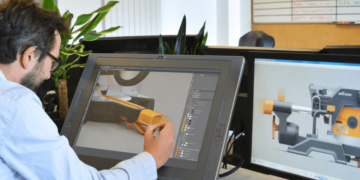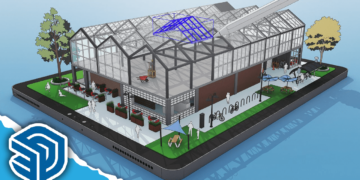Today we are going to talk about almost all the render engines that you can use with Blender 3D. Some of these render engines are free, some are open-source and others are paid, so hopefully, this list should cover most of your needs!
Things that most Blender render engines have in common
Or we would better say “should” have in common. You might’ve guessed it already: once you’re done, modeling, texturing, shading… the next thing you would want to do is to wrap it up. You would obviously look for speed and accuracy, you would want everything to look natural and realistic just the way you imagined. This is exactly why we thought of putting all the known Blender render engines packaged in one single list, and described in a way to make it digestible for you. Check out the video if you want to have a glimpse of the actual rendering result, because we showcased it for you so you can have a general idea about what you can expect.
Without further ado, let’s dive right in!
1. Appleseed

This is a good yet not very popular render engine that can be used with Blender. Appleseed is an open-source, physically-based global illumination rendering engine primarily designed for animation and visual effects.
Like any other promising open-source project, this render engine is actively developed by a small, international team of talented volunteers from the animation and VFX industry. Even though it’s not very popular among 3d software users, Appleseed has been used on several projects including TV documentaries, ads, promotional videos, and animation shorts but not to the extent that the render engines are being used of course.
It’s now available to 3ds Max, Maya & Blender users free of charge.
2. Nvidia Omniverse

This is a new render engine that Nvidia is working on right now and it is very promising. Just to be clear it is now available for many 3d software such as 3ds Max, Maya, Substance Painter, Unreal engine…
The guys at Nvidia promised that there will be a Blender version that they are working on right now without announcing a set release date. Nevertheless, we believe that it still has its place on this Blender render engines list as a teaser.
Omniverse uses ray tracing and path tracing based on Nvidia’s RTX technology. It is in its early stage now: due to that its features are a bit far from production-ready. But it has lightning speed and performance which makes it very interesting.
3. D5 Render
D5 Render is one of the best up-and-coming GPU-accelerated RayTracing and Real-Time rendering solutions for Architects, Interior Designers, Arch-Viz Artists, Engineers, and Visualization professionals in general. It has a very simple and user-friendly interface for creating high-quality renders quickly.
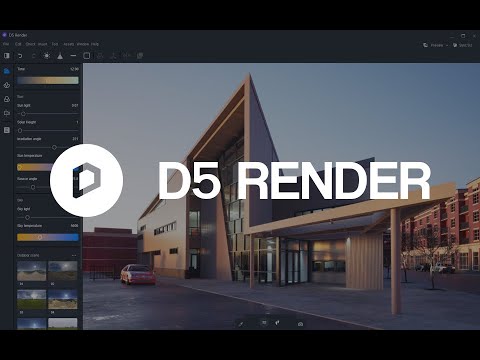
One of D5’s highlights is its extensive Asset Library of 3D models, materials, and textures, which can help you build scenes very fast. The powerful lighting, and weather systems, scattering assets capabilities, powerful Video Sequence Editor, and Blazing-fast rendering speed.
While D5 isn’t as archaic as some of its contemporaries released only back in 2021, it is still an incredibly powerful architectural renderer. It hits all the right boxes cutting-edge Lighting and Atmospheric effects, state-of-the-art Global Illumination, Reflections, Fog, a Realistic Sky, and a total Dynamic night and day system.
Furthermore, D5 Render integrates with all the major 3D software such as Sketchup, Rhino, Revit, Max, and Blender, allowing a seamless workflow between D5 and all of them.
This latest 2.6 release, it introduced a ton of new features notably some new AI-based tools including a new feature that matches the atmosphere of a scene with a flip of a switch automatically from any image you want, called AI Atmosphere Match, and a new tool for AI texture generation, called AI Texture Generator, as well as other great features like UV Randomizer, Multimedia Material Transparency, Custom Sun in Geo&Sky, Procedural Generated Vines, and so much more.
D5 might just be the next big thing it’s simple offers a free version and works with most of the major 3D software, including a version for Blender!
4. Radeon ProRender

ProRender is a powerful physically-based rendering engine. It can simultaneously use and balance the capabilities of multiple GPUs and CPUs – on the same system, at the same time.
AMD is actually One of the biggest contributors and supporters of the development of Blender. Which hopefully will allow it to go even further and develop better tools.
Radeon ProRender is one of the best Blender addons for rendering that are fully free. Moreover, it comes with a library of materials you can use for free within Blender.
5. Indigo render
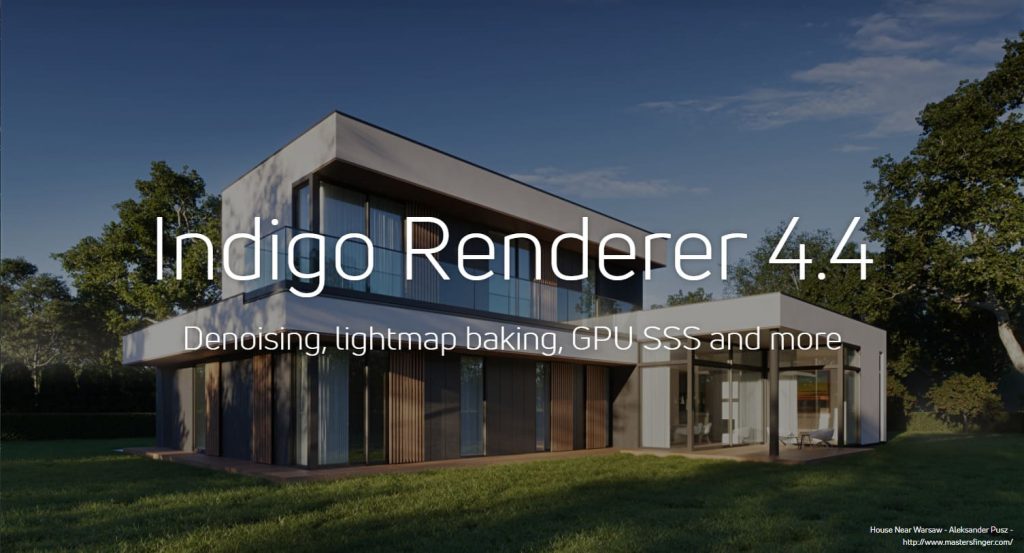
Indigo Renderer is an unbiased, GPU and CPU renderer that accurately simulates the physics of light. The new version comes with a brand new multi-GPU engine also Workflow & UI enhancements.
This render engine is not new and was available for Blender for a long period of time now. It was originally released as freeware until the 2.0 release in 2009 when it became a commercial product. This veteran presence on the market also makes it one of the best Blender render engines out there.
6. LuxCoreRender
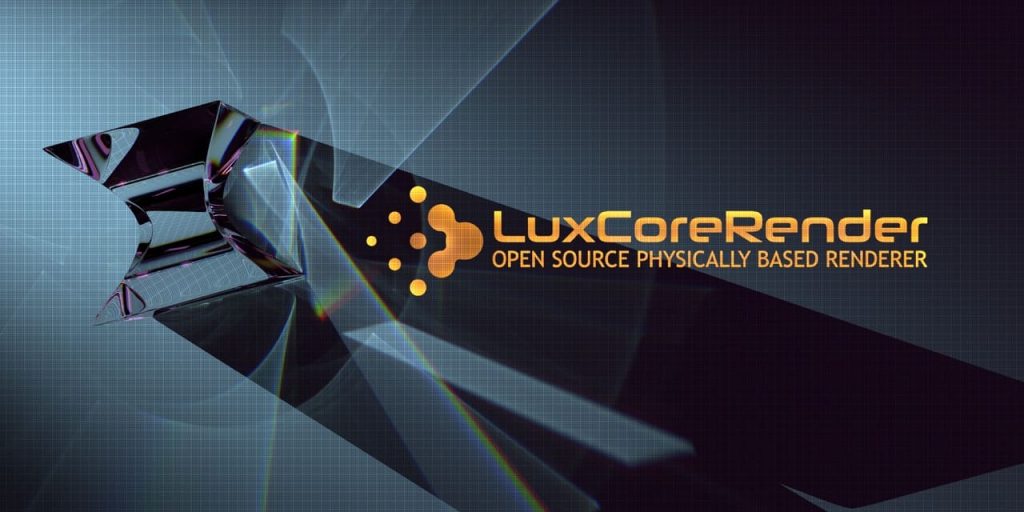
This is a free and open-source render engine that works with Blender. The development started in 2008, and the name of the engine changed from LuxRender to LuxCoreRender in 2017.
There is a special add-on called BlendLuxCore which integrates the LuxCore render engine into Blender. It generally speaking offers advanced features like accelerated rendering of indirect light and efficient rendering of caustics.
Because the LuxRender project was dying under the weight of a lot of old abandoned code. All active developers had a strong feeling that a fresh start was required. The “Core” between “Lux” and “Render” is there to highlight the new project focus. In addition to that, it’s one of the best Blender render engines that are fully free.
7. Renderman
Pixar RenderMan is a very strong and efficient render engine produced by Pixar Animation Studios. They use RenderMan to render their in-house 3D animated movie productions and it is also available as a commercial product licensed to third parties. And for those who don’t want to use it for commercial purposes, it is completely free.
This tool gives artists access to Pixar’s toolbox for lighting and look development. Real tools that have already created amazingly sophisticated and complex imagery for a feature film.
In the same vein, it ended up earning a prestigious spot on the list of the best Blender render engines. On the other hand, the community considers it one of the best Blender addons for lighting as well. That is to say that it merges both of the concepts in such a harmonious way.
Renderman standard was first presented at 1993 SIGGRAPH, developed with input from 19 companies. Hollywood has been using it to create digital visual effects for blockbuster movies such as Beauty and the Beast, Aladdin, The Lion King, Terminator 2: Judgment Day, Toy Story, Jurassic Park, Avatar, Titanic, the Star Wars prequels, and The Lord of the Rings. The engine has received two Academy Scientific and Technical Awards, so it’s basically the diva of the Blender render engines lot.
8. Redshift

Redshift Rendering Technologies Inc was founded in early 2012 with the goal of developing a production-quality, GPU-accelerated renderer with support for biased global illumination techniques. It is available for most industry-standard 3D software and it is now available for Blender users as well.
This render engine is a rising star when it comes to being industry-standard in animation & VFX work because it is powerful and can do a ton of things.
9. Octane render
Octane Render is an unbiased render engine with real-time capabilities. It was created by New Zealand-based company Refractive Software, which was acquired by OTOY in 2012. Octane is now available for Blender users and can achieve faster results than Blender’s native render engine cycles. Which is a good thing if you want better performance.
Octane render was the first commercially available unbiased raytracer that fully utilized the GPU. Giving it a significant speed advantage by allowing users to easily modify scenes in real-time. But most importantly, it allowed it to curve its path to the best Blender addons for rendering list.
10. Vray
Vray is easily on top of Blender render engines in all industries. And one of those that have been around for the longest period of time. Chaos Group constantly develops and enhances it over the years, for various 3D packages and not just Blender. Firstly, it used to be harder to adjust the settings to prepare scenes. However, now it is becoming easier and it is able to create better quality renders in a shorter period of time. To keep up with the other competitive render engines that can generate amazing quality with little to no configuration. Speaking of which, we posted before about the best Blender addons for rendering if you want an extensive list on this particular topic.
11. Cycles
Cycles is a path-tracing render engine launched under the Blender Foundation umbrella on December 14, 2011, as a New Render Engine that was added alongside Blender Internal (as a “preview release”).
Cycles is pretty well-known for being one of the easiest rendering software to learn. It offers some great tools for different purposes, and it is especially good for animation. So it is worth it to get through the initial learning phase. We decided to post about the Cycles vs Vray ultimate face-off just to emphasize how beginner friendly it can be!
Also recently the Blender development team announced Cycles X, which aims to refresh the architecture, increase its performance, improve performance on modern CPUs and GPUs, and prepare it for the next 10 years. Rather than finding quick fixes or optimizations that solve only part of the problem.
11. Eevee
In addition to Cycles, you can also use Blender’s real-time render engine known as Eevee.
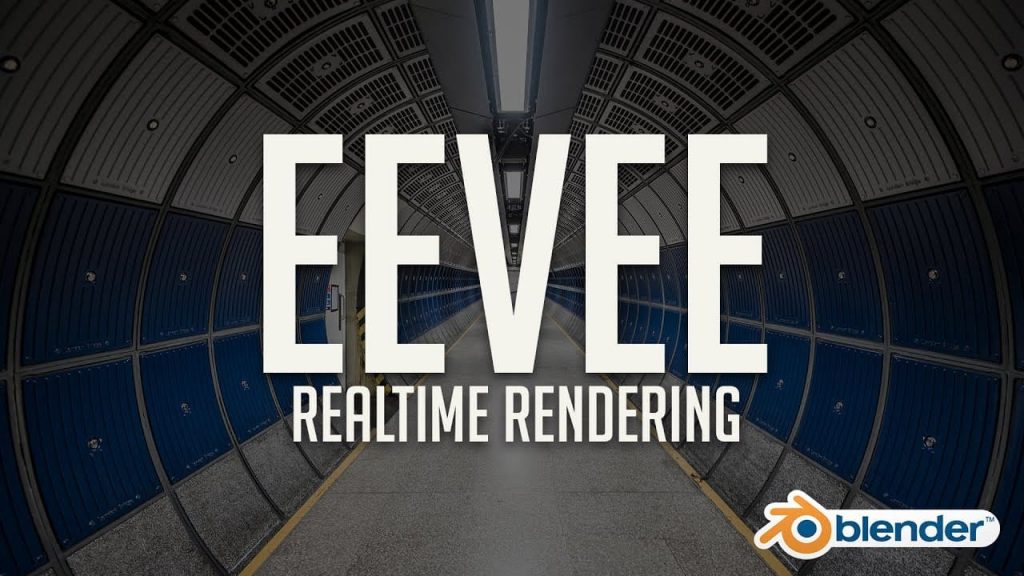
It is a real-time render engine built using OpenGL focused on speed and interactivity while achieving the goal of rendering PBR materials. Eevee can be used interactively in the 3D Viewport but also produce high-quality final renders in considerably shorter periods of time compared to cycles for instance.
12. The Workbench Engine
The Workbench Engine is a render engine optimized for fast rendering during modeling and animation preview. It is not intended to be a render engine that will render final images for a project. Its primary task is to display a scene in the 3D Viewport when it is being worked on.









